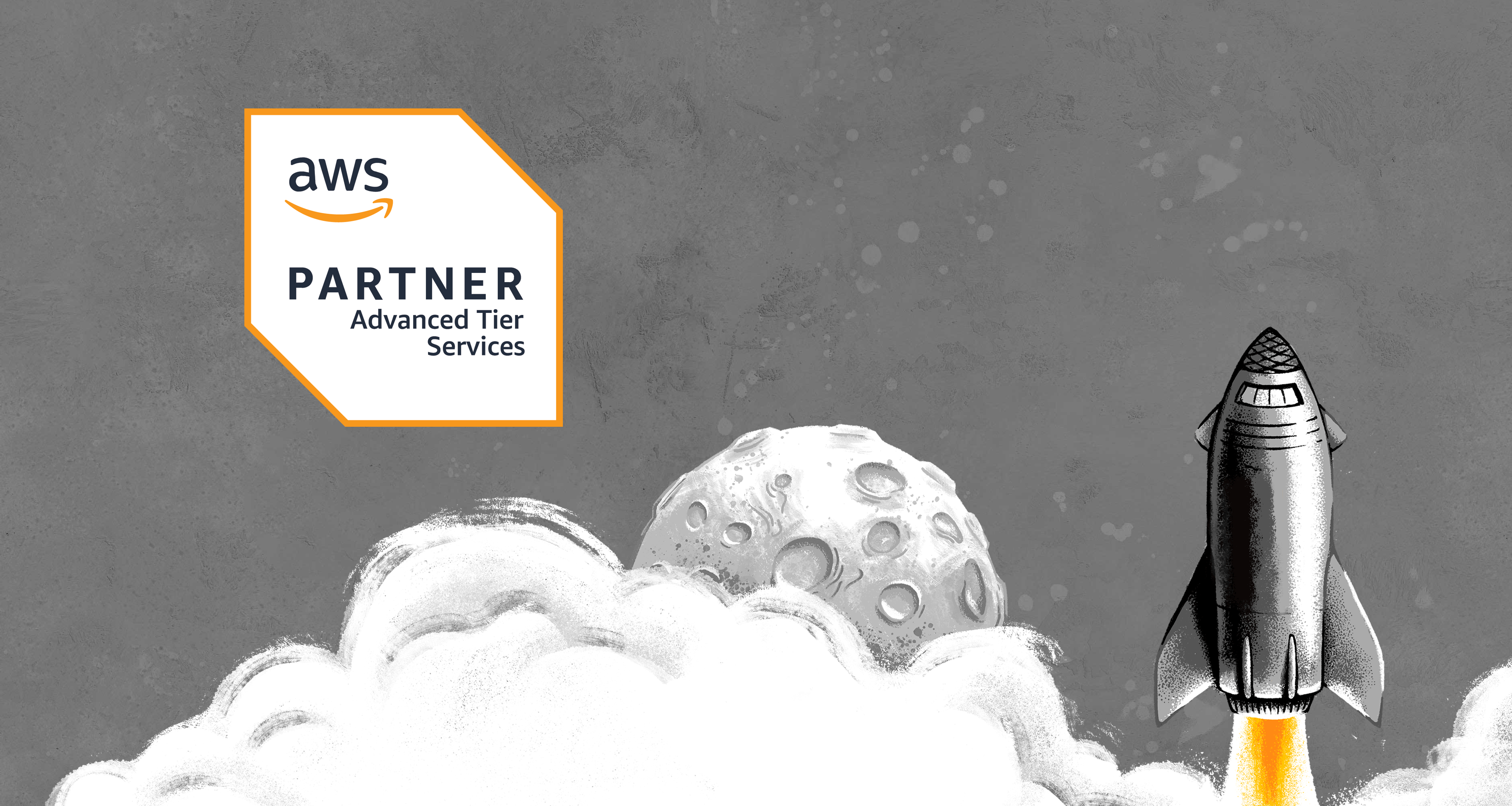Yesterday was an engaging and insightful day at the AWS AI Day event, where I had the opportunity to participate in two round tables and discuss the practical aspects of implementing AI for businesses and developers. The event allowed me to reconnect with many old friends like Olivier Klein (MC & keynote), Rajeev Muralidhar, Simon Peter Johnston and a whole lot more from Amazon Web Services (AWS) plus leaders like Andrew Brydon from NAB, plus lots of other ISV organisations (and other old friends).
Given this was a practical injection of what is happening with GenAI in the eco-system, I thought a wrap-up would be in order. So here is a summary of the key discussions and panels from the event.
Morning Sessions and Keynotes
Oli Klein from AWS
Amazon Rufus
Oli introduced Amazon Rufus, an innovative feature currently available in the USA, which enables Amazon retail customers to chat directly in the product search bar on the Amazon website/app. This enhances user experience by providing real-time assistance during product searches to help you find what you're shopping for.
Diffuse to Choose
This fascinating inpainting feature allows users to virtually try on products, such as clothes, by placing themselves at the centre of the product imagery. This has the potential to revolutionise online shopping experiences. If you want to know more, check it out on GitHub
Coding Companions
Oli emphasised the impact of tools like Code Whisperer, now rebranded as Q Developer.
Key statistics included:
57% Faster Coding: Developers using Code Whisperer are significantly faster.
50% Reduction in Documentation Time: This tool also halves the time needed for code documentation.
Code Refactoring: Code Whisperer helps in modernising code efficiently. There are lots of plugins for Visual Studio code, so you can easily add them to your developer workflows.

Amazon Bedrock Guardrails
A large language model (LLM) that reviews outputs from another LLM before delivering them to the user ensures higher quality and reliability in AI-generated content. This is an oldie but a goodie, as many folks have not been thinking about chaining LLM outputs as input chains for better alignment and hallucination management and detection.
Andrew Brydon from NAB
Andrew shared NAB’s journey of scaling their AI and development capabilities.
In their PoC to Scale NAB expanded from 70 engineers to 1000 engineers.
The impact of Code Whisperer was 50% of Code Suggestions Accepted - demonstrating high trust in AI-generated suggestions.
With 41% Developers noted improved productivity, where a significant portion of developers noted productivity gains.
Also a 45% Quality Improvement meant that almost half of the participants felt Code Whisperer improved the quality of their final code. And this was an international test as NAB’s developers are spread across Australia, Vietnam and India - illustrating a global approach to AI implementation at the bank.

Canva’s Use of Generative AI
Canva showcased how they integrate generative AI into their products to enhance creativity and productivity, providing users with powerful design tools.
Susan Travis from the Tech Council of Australia
Susan discussed the economic implications of AI for Australia.
Generative AI’s Potential which could add tens of billions to the economy by 2030.
Economic Projections ranged from $45B with slow-paced adoption, $75B with medium-paced adoption and $115B with fast-paced adoption.
Adding that 70% Economic Value is expected to benefit existing businesses, highlighting the importance of integrating AI into current operations in all businesses. She also talked about government and regulations, both voluntary and mandatory measures.

Government’s Approach to AI Regulation
Voluntary Measures
Voluntary AI Safety Standard: Encourages safe AI practices.
Investment in SMEs: Programs like AI Adopt aim to boost AI capabilities in small and medium enterprises, fostering responsible AI development.
Mandatory Measures
Guardrails for High-Risk AI: Implementing stringent testing, transparency, and accountability measures for AI applications in high-risk settings (e.g., employment decisions, housing).
Legal Reforms: Address AI impacts on privacy and copyright and ensure legal frameworks are up-to-date with technological advancements.
Five-Point Plan for AI Regulations
Clear Regulatory Strategy: Develop and publish a risk-based approach to AI regulation.
Global Interoperability: Prioritise alignment with international best practices.
Expert Advisory Model: Establish an advisory and coordination model to uplift AI capabilities.
Clarify Existing Laws: Ensure current laws are clear and effectively enforced to cover AI-related issues.
Targeted Review and Reform: Regular reviews and reforms to keep laws relevant in the digital age.
Afternoon Sessions
The afternoon sessions were particularly enriching, especially since I was involved with them—I always get extra energy and buzz from these things. I specifically participated in two Decision-Maker Panels: one on Business and GenAI and the other on Developer impacts from GenAI (inc SDLC).
Given the wealth of experiences in the room, it wasn't surprising that the discussion took many turns from the deeply practical to philosophical ups and downs. Here are some key takeaways:
AI Native Generation
Interns and Junior Developers: The new generation of developers, coming from universities as "AI natives," brings diverse opinions and fresh ideas to companies. Their innate familiarity with AI technologies is reshaping workplace dynamics and innovation approaches. However, the cost economics of developers compared to AI coding assistants and AI coders will be interesting from an economic perspective.
AI for Cybersecurity
Fighting AI with AI: There was a consensus on the need for AI to combat AI, particularly in cybersecurity. As bad actors increasingly use AI for attacks, cybercrime prevention companies employ "good" AI to defend against these threats. I learned that "Bad English" spammers do this intentionally as it targets certain individuals in the community who may be more likely to be "softer" targets.
Revolutionising the Software Development Life Cycle (SDLC)
Beyond Coding: Generative AI is set to transform other areas of the SDLC beyond just coding. Areas like Requirements Gathering, done via AI can streamline the process of collecting and analysing requirements. Plus Testing and GenAI can greatly enhance the ease of building and sustaining a Test-Driven Development (TDD) culture, ensuring robust and reliable software.
Future Readiness
Preparing for the Future: Given the rapid advancements in AI, a thought-provoking question was posed about whether software developers are ready for how the world will look in the next 10 years.
Personal Reflections
Reconnecting with old friends and seeing the progress and developments in organisations were highlights. The event not only provided a platform to discuss current AI trends and challenges but also fostered new connections and collaborations. Huge shout out to all the new friends that I made yesterday—is it time for a coffee soon?
Overall, the AWS AI Day event was an awesome experience, filled with rich discussions and valuable insights. It left me ever more optimistic about AI's future and its potential to drive economic and societal advancements in our country.





